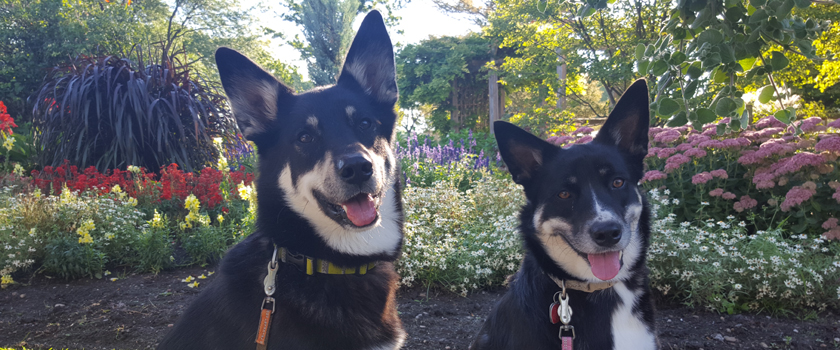Studies of canine intelligence are ever present.
Yale cognitive psychologist Paul Bloom believes that we are entering the age of the dog: “for psychologists, dogs may be the next chimpanzees.”
When it comes to communicating with dogs, there are many “open windows.” However, the window that is open the widest is opera nt conditioning, to which positive reinforcement resides along side of positive punishment. The proof of positive reinforcements efficiency and ability to minimize any sort of wear and tear on the dog-human relationship has long been proven beyond a shadow of a doubt. And yet, it often remains outside of the average dog owner’s toolbox for dog training.
nt conditioning, to which positive reinforcement resides along side of positive punishment. The proof of positive reinforcements efficiency and ability to minimize any sort of wear and tear on the dog-human relationship has long been proven beyond a shadow of a doubt. And yet, it often remains outside of the average dog owner’s toolbox for dog training.
Associative learning, which houses operant conditioning and classical conditioning, is how dogs, and all animals, learn. The use of pain and intimidation on dogs can yield training results but not without harming the dog-human relationship. When dog owners choose to mix corrections and rewards when training their dogs, it can create mistrust. The main association that dogs then have with the punishment is the presence of their owners, and potentially other humans. Though we are often well meaning and trying to teach our dog how we want them to behave, we often give them painful associations that are simply not necessary in dog training.
When we start to ask questions more and learn more about what our dogs are communicating to us, when we start to ask why the dog does what he does, we can then begin the journey to becoming better companions to our dogs.

